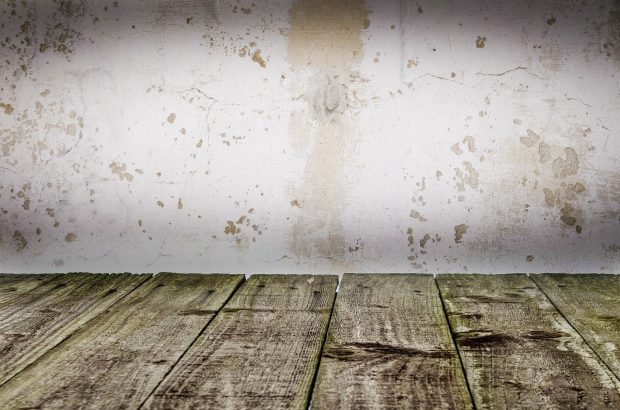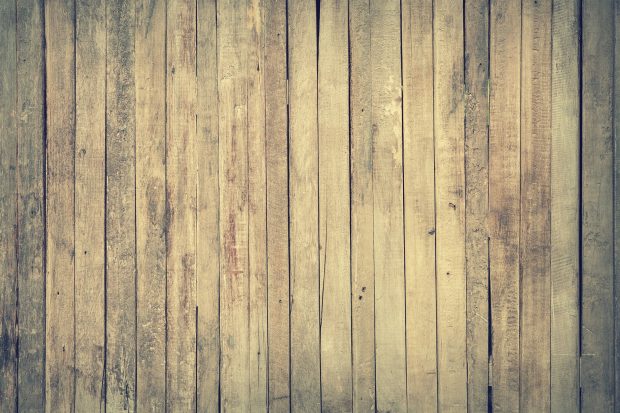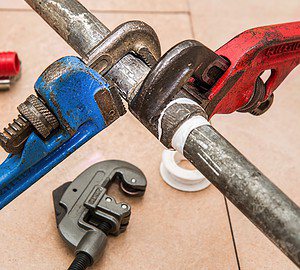The flooring of a building is not only a functional aspect of your building’s space, but it also plays a vital role in the overall aesthetic appeal. Over time, even the most durable and well-maintained floors can begin to show signs of wear and tear, requiring restoration to maintain their beauty and functionality. Whether you’re a homeowner, renter, or business owner, understanding these signals can help you make informed decisions about the care and maintenance of your flooring.

1. Discoloration
Whether it’s due to exposure to sunlight, chemical spills, or water damage, the discoloration can make your floor look dull and unattractive. There are experts in water damage restoration that can fix floors caused by spillages, leaky pipes, flood damage, and leaky roofs. Fixing floors that have water damage is important because it can affect the structural integrity of the floor – it could become soft and weak, which could collapse underfoot. Additionally, exposure to moisture can cause wood to swell and warp, leading to problems with floorboards.
2. Loose or Squeaky Boards
Insects, moisture, and general wear can cause damage to wood flooring, making it weaker and more prone to movement and squeaking. Squeaky floors can be a nuisance and can affect the comfort of those in the building, but loose floorboards can be a tripping hazard, especially for children or the elderly, so it’s important to restore them when they start creating safety concerns.
3. Scratches and Scuff Marks
If your floor has accumulated scratches and scuff marks over time, it may be time for restoration. Scratches and scuff marks not only detract from the appearance of your floor, but they can also make it more susceptible to further damage. Whilst you may not be too bothered about it in the short term, eventually, you may want to think about polishing up the floors when you want to sell the building, because it could affect the value of the property.
4. Cracks
Cracks and gaps can create a tripping hazard and cause further damage over time. Cracks can form for a variety of reasons, such as settlement, moisture, temperature changes, heavy loads, wear and tear, and poor installation. Cracks in floors can also be a sign of underlying structural issues, such as foundation problems or structural deficiencies in the building. If you notice anything unusual beyond general wear and tear, you may need to get a professional to take a look.
5. Dull Finish
If your floor has lost its shine or gloss, it may be time for refinishing. This is especially common with hardwood floors that have been exposed to sunlight or heavy foot traffic. You can attempt to restore this kind of damage yourself. First, you need to clean the floor, then sand the surface, apply a new finish and then buff the floor. Make sure to choose a finish that is appropriate for the type of flooring you have, such as an oil-based, water-based, or polyurethane finish. You can ensure your hard work lasts a long time by avoiding harsh chemicals or abrasive cleaning tools, and by cleaning up any spills or stains promptly to prevent damage to the finish. With proper care and maintenance, your floor will look beautiful and last for years to come.
6. Stains
Stains on your floor can be caused by spills or pet accidents, and they can be difficult to remove without professional help. Depending on the type of stain, you can work to restore the floor yourself. If you have tried to remove the stain yourself and it is not coming out or if the stain is particularly large or deep, it may be time to call a professional. Additionally, if your floor is very old or delicate, it is best to have a professional handle the cleaning to avoid causing further damage to the floor. Professional cleaners have specialized tools and products that can effectively remove stains and restore the beauty of your floor.
7. Warping or Cupping
Warping of floorboards refers to the bending or twisting of wooden floorboards, which can cause them to become uneven or even lift up from the subfloor. This can happen due to several reasons, including excessive moisture, changes in temperature or humidity, or structural issues.
Signs that your floor may need restoration include scratches and scuffs, fading or discoloration, cracks and gaps, warping or cupping, squeaks or loose boards, water damage, and stains. If you notice any of these signs, it is best to have your floor inspected by a professional to determine the best course of action for restoration.




